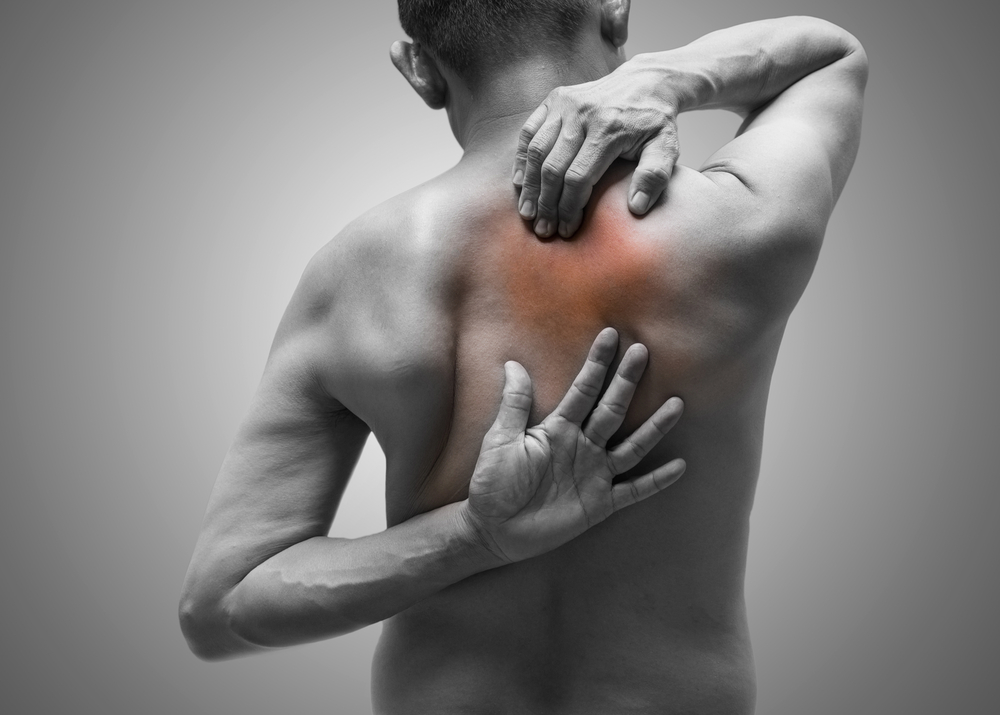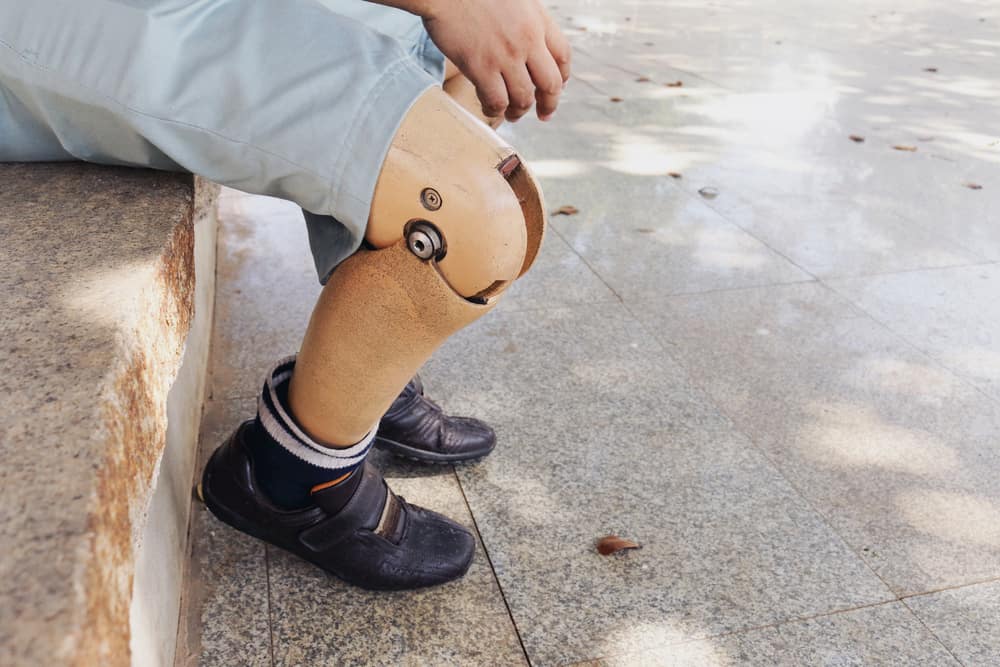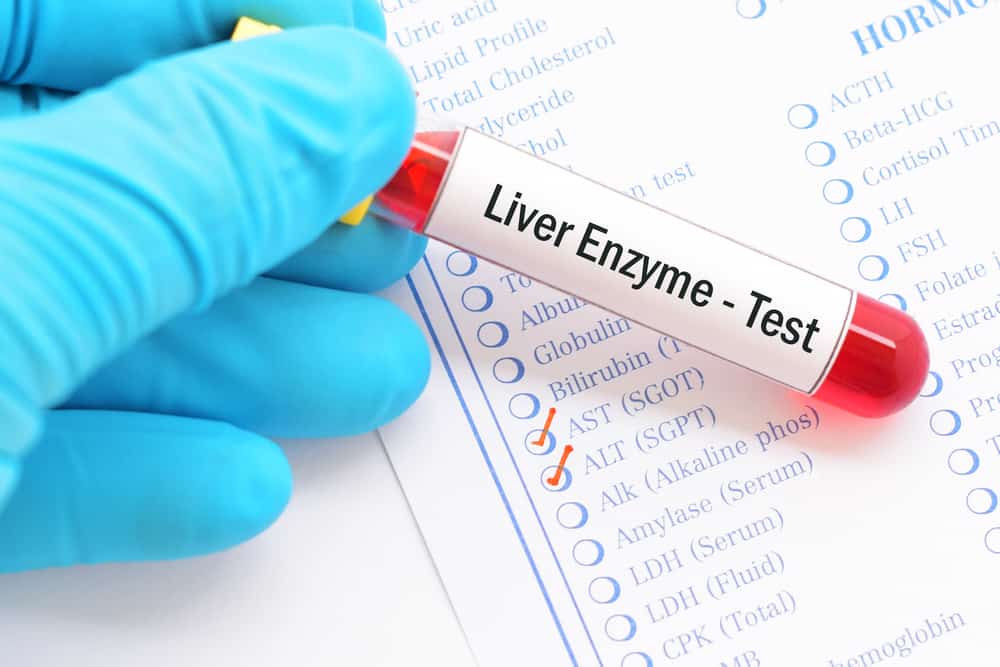Contents:
- Medical Video: What is Myofascial Pain Syndrome?
- Signs and symptoms of myofascial pain syndrome
- What causes myofascial pain syndrome?
- Muscle injury
- Stressful and anxious
- Another factor
- How is myofascial pain syndrome diagnosed?
- What is the treatment of myofascial pain syndrome like?
Medical Video: What is Myofascial Pain Syndrome?
Myofascial pain syndrome or myofascial pain is a chronic pain disorder that affects joints and muscles (musculoskeletal).Myofascial pain syndrome usually occurs due to muscle wear after repeated use, for example when exercising or operating heavy machinery.
Signs and symptoms of myofascial pain syndrome
Symptoms that may occur in myofascial syndrome include:
- Muscle pain that gets worse.
- If the aching muscles are pressed, the pain can spread to other parts of the body.
- Sleeplessness due to pain
- Muscles weaken and stiff
- Limited motion
What causes myofascial pain syndrome?
In people who have a myofascial pain syndrome (MPS), the pain point is specifically centered on the fascia, the thin sheath in the form of fiber tissue that covers the muscle. When this area is pressed, pain can be felt in other areas of the body.
This pain can continue and get worse. There are several factors that can increase the risk of muscle pain, including:
Muscle injury
Acute muscle injury or continued muscle pressure can cause pain that feels radiating. Repeated movements and poor posture can also increase your risk.
Stressful and anxious
People who often experience stress and anxiety may be more likely to increase trigger points in muscles. One theory that supports this is that people may tend to clench their muscles, and this is a recurring form of tension that makes the muscles vulnerable to trigger points.
Another factor
Other factors that can increase the risk are malnutrition, lack of exercise, fatigue, hormonal changes (menopause), obesity, and smoking. In addition, too often in a cold room like sleeping in an air-conditioned room can also increase the risk.
How is myofascial pain syndrome diagnosed?
In diagnosing this condition, the doctor will look for points that trigger muscle pain. The doctor will look for soft nodules that trigger pain when pressed. There are two types of trigger points, namely:
- The active trigger point, which can be a soft nodule in the associated muscle and triggers pain and twitching when pressed
- Latent trigger point, this trigger point does not trigger pain when touched. This point may not cause pain for a long time, but can be triggered when there is stress or trauma.
What is the treatment of myofascial pain syndrome like?
There are many ways to experience myofascial pain, including:
Drugs
- NSAIDs, such as ibuprofen or paracetamol.
- Analgesics, such as lidocaine, diclofenac patch, tramadol, mawaretron.
- Muscle relaxants, such as benzodiazepines and tizanidine to reduce muscle spasms.
- Anticonvulsants, such as gabapentin and pregabalin can reduce pain and reduce muscle spasms.
- Tricyclic antidepressants to treat chronic pain, fibromyalgia, and nerve pain, which are conditions that resemble MPS.
- Botox injections
Therapy
There are many therapies that can be used to relieve pain due to myofascial pain syndrome, such as dry needling and massage therapy. Ultrasound therapy has been used successfully for MPS pain associated with rheumatoid arthritis (rheumatism).
Simple lifestyle changes
There are steps you can take at home to reduce pain and improve your quality of life, namely:
- Choose a better office chair to improve your posture.
- Try adjusting the height of your computer so that it falls on your natural line of sight.
- Try a new mattress, or adjust your sleeping position.
- Practice yoga, pilates, or other stretching techniques.
- Use a personal massage device or vibration.
- Start a sports program and train your muscles to move every day.
- Reduce your stress level.
- Compress ice immediately after a muscle injury. Use warm compresses to treat muscle inflammation.
- Hot shower.
- and so forth.
Although almost everyone has experienced muscle pain. However, if muscle pain is not lost or more painful, even though it has been rested, massaged or similar treatment. Contact your doctor immediately to get the right treatment.












